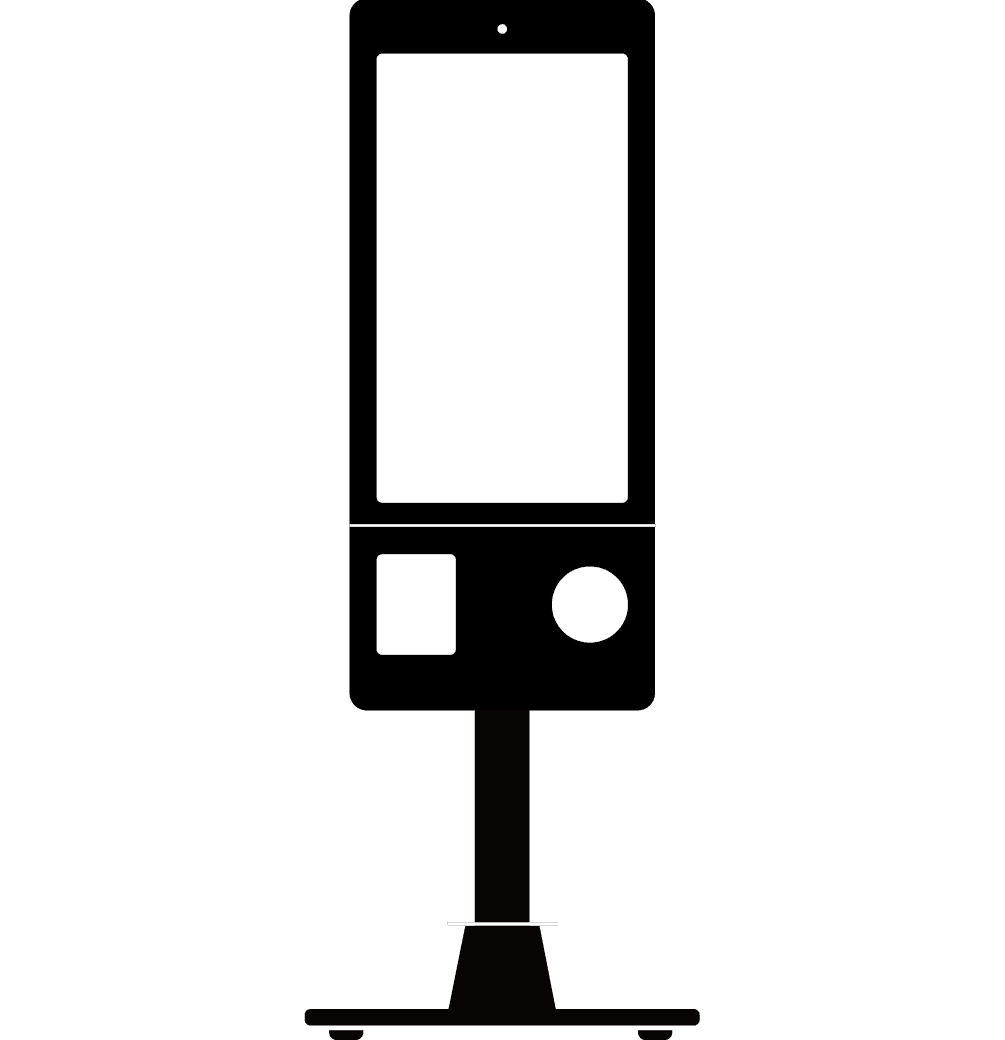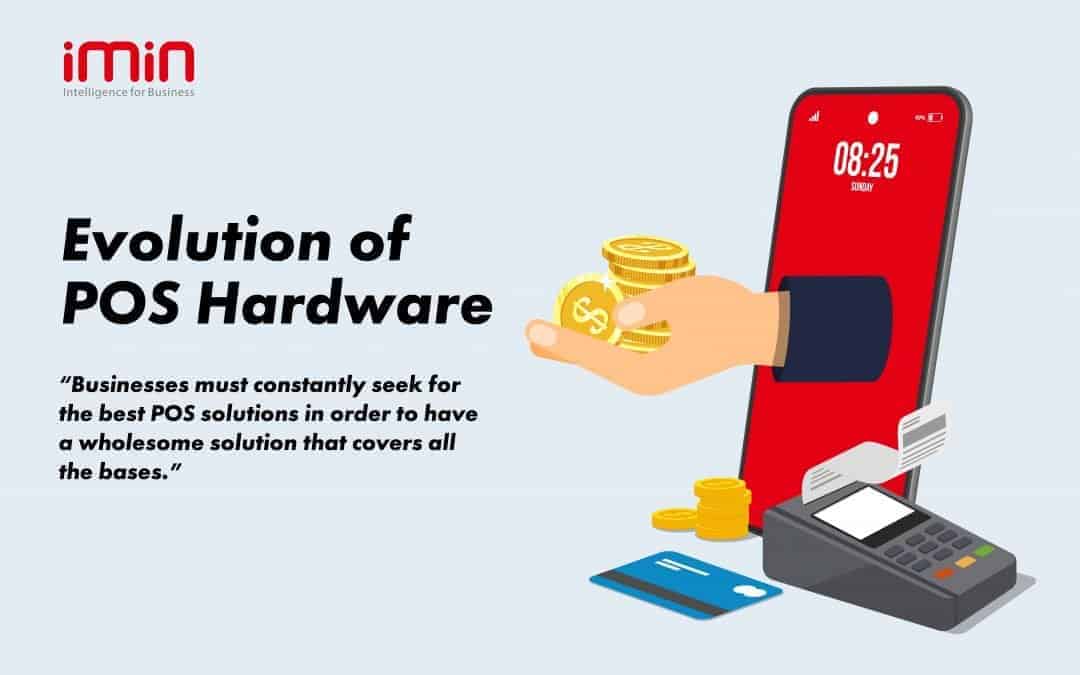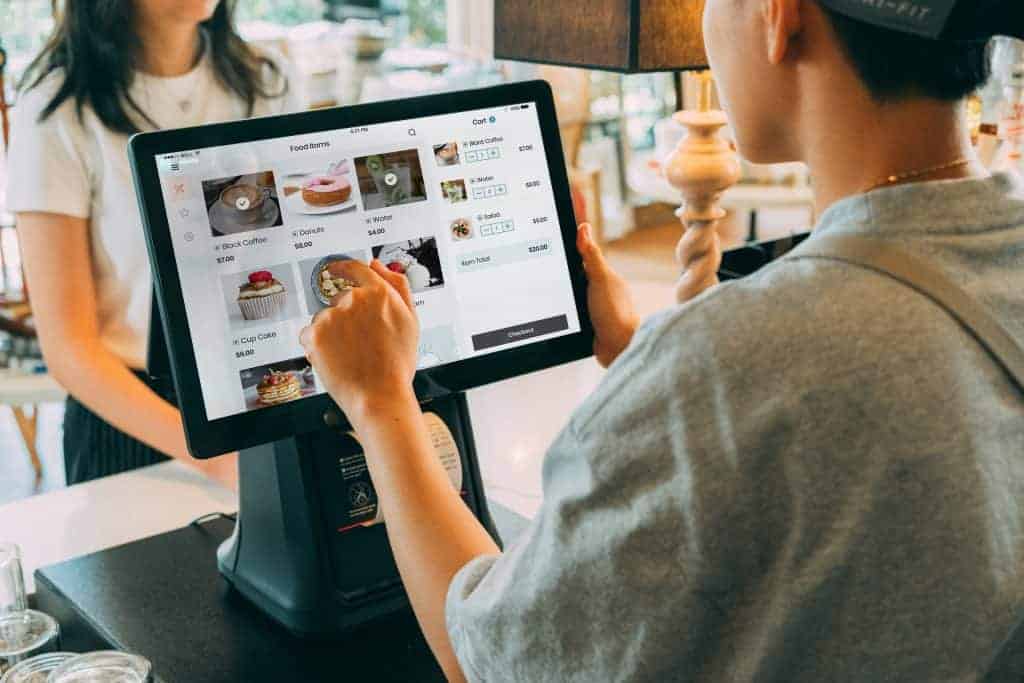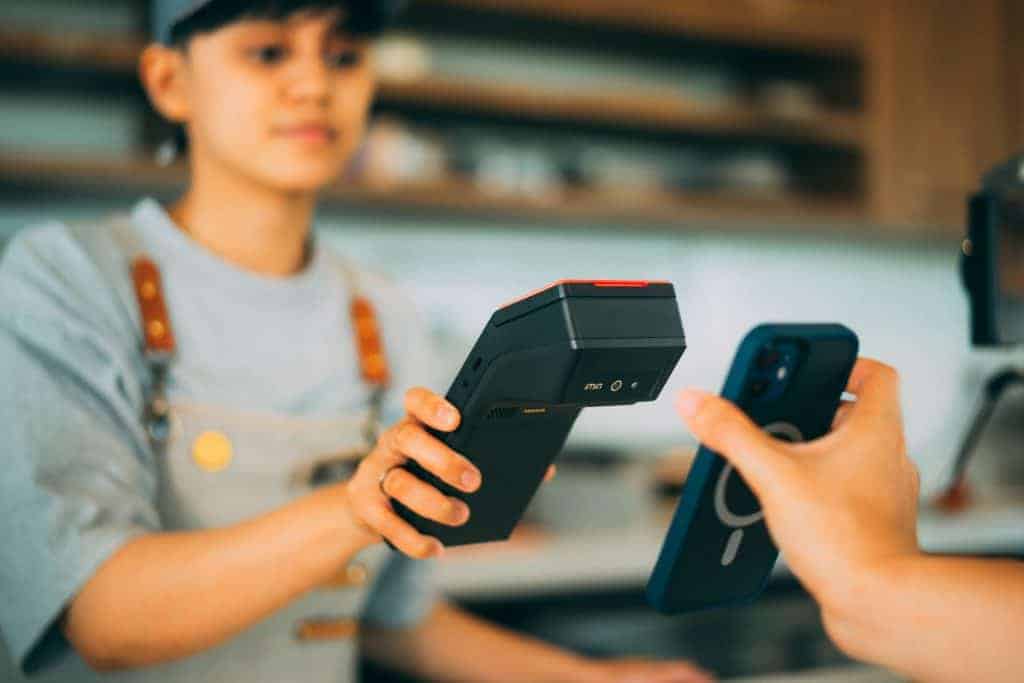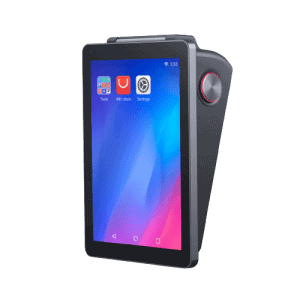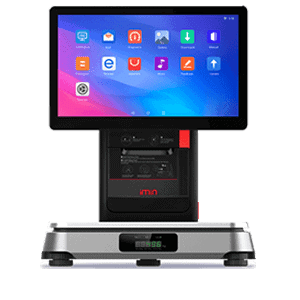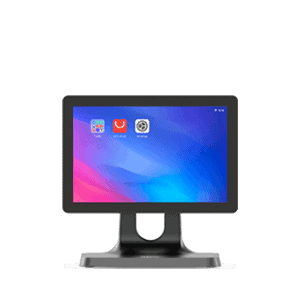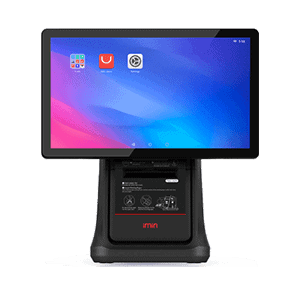What is POS Hardware?
To put it in simple terms, a Point-Of-Sale (POS) solution is hardware that helps a business entity receive transactions in the form of cash or digital payment from their customers. With the right set-up and accompanied with powerful software, business owners can easily keep track of sales and maintain business records. This article will discuss about the evolution of Modern POS Systems.
The history of POS Solutions
In the past, before the world was ruled by technology, POS solutions were not as advanced as the ones that we have today. Back then, POS solutions simply referred to the cash register, a machine invented James Ritty, a saloon owner from Ohio.
James was taking a trip abroad in Europe. While on a steam boat, he noticed an apparatus that kept track of the oscillations that the ship propeller made. He was extremely fascinated by this. It also made him curious as to whether there could be a similar machine that could mimic this function. If so, it could help him keep track of customer payments and keep concrete records of his cash transactions.
He began brainstorming with a partner, John Birch, and received a patent 5 years later for creating the “cash register”. The machine, dubbed as the “Incorruptible Cashier”, became the first ever working mechanical cash register. The innovative contraption made the lives business owners much simpler as they were able to perform bookkeeping efforts more productively and accurately with minimal error.
To record a sale, cashiers simply had to input the value of the transaction into the machine and place the money into a separate drawer. After that, they would just hit another button to lock in the sale and the transaction would be recorded just like that. At the end of the day, business owners could check on the device in the machine that kept a total of the amount of keys pressed during that day, allowing them to determine the total revenue and check if there is any missing cash while preventing employee theft.
However, James was extremely overwhelmed by the hardships of running two businesses concurrently, and decided to sell the business away in 1884 to the National Cash Register Corporation (NCR).
The NCR continued to develop the product, and by the beginning of the 20th century, added a cash drawer to store cash payments from customers. They also included a paper roll inside the machine that allowed it to become a receipt printer as well. In a few more years, the cash register evolved into a digital machine with a built-in digital screen. It could perform thermal printing and also had credit card payment functions integrated into them.
Since then, POS terminals were being constantly improved on. In order to keep up with business needs and industry standards, more and more businesses were adopting POS terminals to make their operations more effective. Businesses also needed to ensure that they were able to have terminals to support debit card and credit card payments.
For example, iconic fast food joint McDonalds also rolled out POS terminals in its restaurants in the mid 1980s. Their microprocessor-controlled cash register allowed the restaurant joint to increase its efficiency and speed in the food ordering process. The register was embedded with physical buttons that represented items on the menu, and linked to a network of devices, allowing easy record management and order processing.
However, in the 2000s, as technology became more advanced and computers became more powerful, POS terminals saw another huge upgrade in their functions and capabilities. With internet connections becoming more stable and faster, in conjunction with cloud-based systems, the birth of ePOS systems became extremely well-received by business owners across the world.
A cloud-based POS system brings a multitude of benefits to business owners, with added security that made it less likely for businesses to get virtual attacks from hackers. Business owners could also manage records across outlets from their headquarters easily with the uploading and sharing of files virtually.
It also meant that any device that had Wi-Fi capabilities could instantaneously become a potential POS solution for business owners to exploit and utilize. In 2002, Near-Field-Communication (NFC) technology was also introduced to the world, and paved the way for many other types of cashless payment and mobile payment methods to make the checkout process even better.
Modern Day POS Solutions
Fast forwarding to today’s business landscape, the modern day POS solutions are undeniably much more complex and sophisticated. They have transcended their original uses and core functions, and have branched out to solve and support a wide range of business activities.
POS solutions are no longer confined to just bulky hardware like before. Instead, there are more presentable options that business owners can choose from – ranging from mobile devices, to desktops and even tablet devices. POS hardware can also look extremely clean and elegant now, and sit on top of the countertop of businesses while looking sleek and stylish.
There are even self-checkout kiosks that can be adopted by department stores or food restaurants with high traffic to facilitate self checkouts from customers. This allows some workload to be taken off of their staff and improves employee productivity and the customer experience due to faster payment procedures.
A good POS solution is extremely useful for any industry, such as the retail industry or in a restaurant operation. Modern day POS solutions are not just limited to keeping tally of daily sales. They can also be used as communication tools within internal staff. In a restaurant setting, cashiers can input a customer’s order directly into the device at the front-end, and kitchen staff can receive the order immediately through a kitchen displays system that will be set up inside the kitchen. This cuts down on a lot of time and establishes a seamless communication system for staff to work with.
In retail businesses, handheld devices can also be utilized to make inventory management a breeze. With modern technology and a cloud server, stocktaking activities have never been easier. Staff can easily use their departmental issued mobile devices as barcode scanners to maintain accurate inventory updates and check stock level. In addition, they can also help shoppers to check for the availability of certain items with a quick scan. They could then let them know if there are any pieces left in the store, or if they have to travel to another outlet to purchase one.
POS solutions can also be used to manage customer relationships. Business owners can utilize their POS system to manage loyalty program activities. For example, businesses can keep track of customer benefits by having them scan QR codes to accumulate or redeem points. They can also adopt POS hardware with a secondary display screen in order to flash promotions and deals for customers to view. The secondary screen is also a useful tool to display payment information for the customer to review and check before payment is made.
With the advancement of technology, business owners can also elect to get devices that are NFC enabled. By doing so, customers will have a more pleasant checkout experience as it will feel extremely seamless and fast. This boosts their shopping experience or restaurant experience, creating good impressions for the business and manufacturing loyal customers.
Another benefit for business owners would be the ability to generate in-depth sales reports and advanced analytics about their business statistics. As the POS solution is able to obtain information about the customer and the business revenues, owners will be able to track real-time data using cloud-based solutions from the comfort of their own home. They would also be able to control and monitor business activities across multiple outlets island-wide or worldwide.
Contactless payments are the future. The times are evolving and we now live in a world where providing the bare minimum for customers is no longer an option. Hence, businesses must constantly seek for the best POS solutions in order to have a wholesome solution that covers all the bases. The perfect software has to be paired with the perfect hardware. Interested to find out more? Click here.
References
[1] Bellis, Mary. (2020, August 27). Who Invented the Cash Register?
[2] Athow, D. (2022, March 9). An evolution of POS (Point of Sale) Systems. TechRadar.
[3] Heinig, I. H. (2020, October 16). The History of the POS System in Better Business Management. Hubworks.





